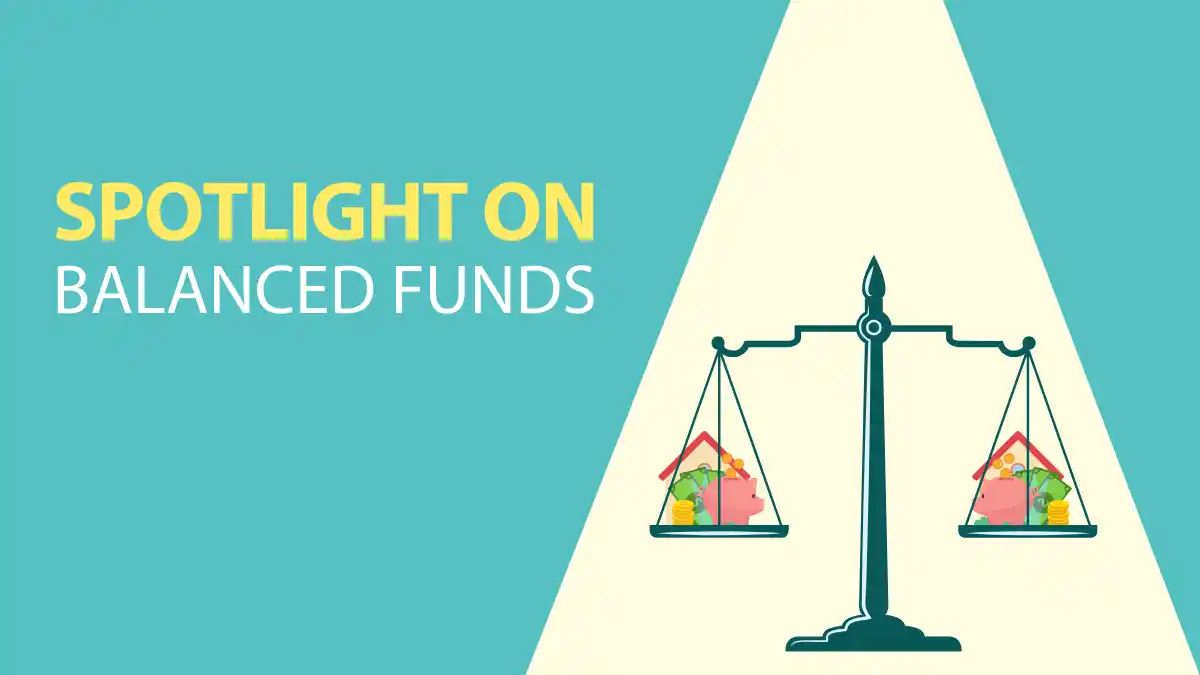-
Consumer
-
Investing
- Investing basics
- Deciding how to invest
- Ethical investing
- Managing your investment
- Online investing platforms
-
Types of investments
- Bank regulatory capital
- Binary options
- Bonds
- Cash investments
- Crowdfunding
- Cryptocurrencies
- Derivatives
- Exchange-traded funds
- Foreign exchange trading
- Gold and other commodities
- Investment software packages and seminars
- Managed funds
- Peer-to-peer lending
- Property investment
- Property syndicates
- Shares
- Wholesale investments
- Getting advice
- Everyday finance
- KiwiSaver & Superannuation
- Unregistered businesses
-
Investing
-
Finance professionals
-
Services
- Accredited bodies
- Administrators of financial benchmarks
- Auditors
- Authorised body under a financial advice provider licence
- Client money or property services provider
- Climate Reporting Entities (CREs)
- Crowdfunding service providers
- Crypto asset service providers
- Directors
- Derivatives issuers
- Discretionary Investment Management Service (DIMS)
- e-money and payment service providers
- Financial advice provider
- Financial adviser
-
Financial Institutions
- Financial Institution licensing
- Fair Conduct Programme
- Financial institution licensing FAQs
- Sales incentive FAQs
- Financial institution regulatory returns
- FMA letter sent to entities licensed under the Conduct of Financial Institutions regime (CoFI)
- FMA Letter to Insurers Regarding Incentive Structures and Fair Conduct Obligations
- Financial market infrastructures
- Independent trustees
- Interposed persons under the financial advice regime
- Managed investment scheme manager
- Market operators
- Offer disclosure for equity and debt offers
- Offers of financial products
- Peer-to-peer lending service providers
- Supervisors
- Focus areas
- Legislation
- Licensed & reporting entities
- Online Services
-
Services
- myFMA Document library
-
About
- People & leadership
- Board
- Regulatory approach
- Enforcing the law
- Investor capability
- Corporate publications
- News & Insights Document library
- Scams Document library
- Careers Document library
-
Contact
- When to contact us
- Make a complaint
- Official Information Act (OIA) requests
- Make a protected disclosure (whistleblowing)
- Frequently asked questions
24 June 2024
Spotlight on: Balanced Funds

by the FMA editorial team
The most important thing you can do with your KiwiSaver is make sure you’re in the right fund. It makes a big difference over the long term and what’s right for you will change as you get older and nearer to when you’ll need to get your money out.
In our new ‘Spotlight’ series, we’re looking at the different kinds of funds out there and exploring how they work.
Today we’re checking out BALANCED funds.
It’s a good one to start with too, because the name pretty accurately describes what it is. It sits in the middle — a balanced fund is one that’s less volatile than a growth fund but more likely to grow faster than a conservative fund.
KiwiSaver ‘default’ funds are balanced funds.
So, what makes a fund balanced — and what sort of person is a balanced fund most suitable for?
It’s designed for anyone who doesn’t need to spend their investment soon but needs it in the medium term — say within 5-10 years. A fund will count as balanced if its managers buy a certain mix of lower-risk investments with a typically lower, fixed return like bonds and cash; and higher-return, more volatile ones like shares.
So, it’s all about the mix. A balanced fund is great if you’re OK with seeing your account value sometimes fall and you’re looking for mid-range, long-term returns. If you don’t need to spend your KiwiSaver money in the next 5-10 years, then a balanced fund is usually recommended because it strikes a balance between protecting your savings and growing them over the long term.
FMA Director of Markets, Investing and Reporting, John Horner says putting default KiwiSaver members into balanced funds is preferable to conservative funds.
“A balanced fund usually has moderate risk, so you’re not likely to experience as much volatility as a growth fund, but the return over-time is likely to be higher than a more conservative fund. But remember to check your fund type is still good for your situation – if you’re getting closer to retirement or buying that first home, it’s time to start thinking about a more conservative fund,” he said. “If you have a long way to go until retirement, a growth fund is probably a better option for you.”
Let's get technical
A more technical description of a balanced fund looks at the income and growth assets. A target investment mix might be 40% income assets and 60% growth assets. This ratio isn’t set in stone, balanced funds will fall within a range of having 35% to 63% in growth assets.
Income assets are things like bonds and cash, which pay a specified rate of return. Growth means shares in companies (internationally and locally) along with property and other types of investing including infrastructure and private equity. These are higher risk, but when they grow, they can grow big, with better returns. But the more growth assets you’ve got in your fund, the more volatile it’ll be.
Shares are higher risk and do promise higher returns, and there’ll still be some, but not too many in a balanced fund. You’ll find a big slice taken up by bonds with a mixture of risks and returns.
Useful links:
- Sorted's KiwiSaver Fund Finder is a great way to identify the right fund for you or compare fundsS
- Have time on your side? You may be interested in our Spotlight on Growth funds
- Need access to your funds fairly soon? Read our Spotlight on Conservative funds
